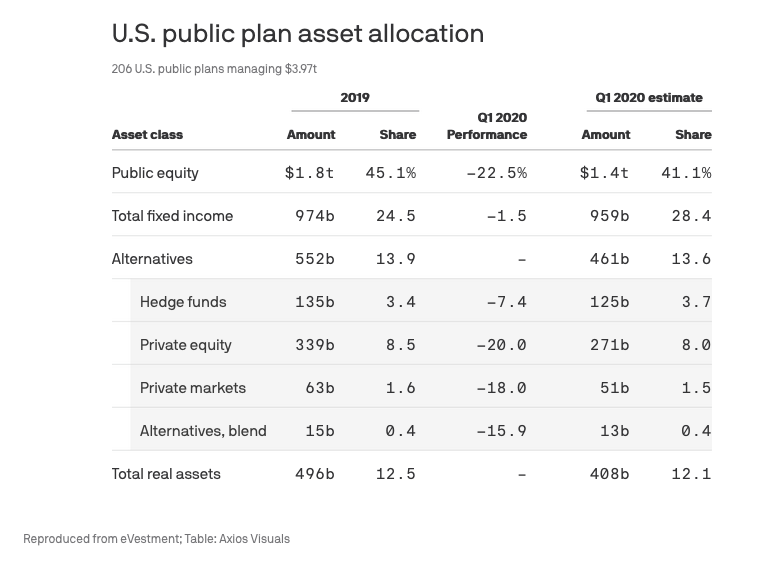When it comes to the capital markets, COVID-19 has had an appetite for destruction, but in turn, it’s fueled an appetite for bonds when it comes to pension funds. Pension funds were already well on target for fixed income exposure ahead of the pandemic, but now they can’t get enough of bonds.
“The combination of an older population nearing retirement and anxiety about a record-long bull market in stocks shifted investors toward higher allocation to bonds and movement out of stocks,” an Axios article noted.
For investors who want to take part in the bond-buying bonanza, here are a few investment-grade options to consider:
- ProShares Investment Grade—Intr Rt Hdgd (BATS: IGHG): IGHG tracks the performance of the Citi Corporate Investment Grade (Treasury Rate-Hedged) Index so it invests in long positions in USD-denominated investment-grade corporate bonds issued by both U.S. and foreign domiciled companies and short positions in U.S. Treasuries. Risk-averse investors would probably prefer a corporate bond ETF with a debt portfolio in investment-grade bonds, which is where IGHG invests 80% of its capital. Investment-grade allows investors to mitigate credit risk by allocating capital towards debt issues that are less likely to default versus less-than-investment-grade issues.
- Vanguard Short-Term Corporate Bond ETF (NASDAQ: VCSH): VCSH tracks the performance of a market-weighted corporate bond index with a short-term dollar-weighted average maturity–the Bloomberg Barclays U.S. 1-5 Year Corporate Bond Index. VCSH debt holdings mirror those found within the index, so U.S. dollar-denominated, investment-grade, fixed-rate, taxable securities issued by the industrial, utility, and financial companies comprise the debt portfolio. Furthermore, in order to curb volatility in the bond markets, maturities are relatively short-duration issues–between 1 and 5 years until maturity.
- SPDR Portfolio Short Term Corp Bd ETF (NYSEArca: SPSB): SPSB seeks to provide investment results that correlate with the Bloomberg Barclays U.S. 1-3 Year Corporate Bond Index. Once again, O’Leary would benefit from the reduced exposure to volatility with SPSB’s investment in shorter-duration debt with maturities less than three years. In addition, SBSP minimizes credit risk by constructing a debt portfolio that contains only investment-grade bonds with companies that are less likely to default.

A Mid- to Large-Cap Yield Option
Investors looking for yield in equities rather than the low-yield environment for bonds can take a look at the Principal Shareholder Yield Index ETF (PY). PY seeks to provide investment results that closely correspond, before expenses, to the performance of the Nasdaq US Shareholder Yield Index.
Under normal circumstances, the fund invests at least 80% of its net assets, plus any borrowings for investment purposes, in equity securities of companies that compose the index at the time of purchase. The index uses a quantitative model designed to identify equity securities (including value stock) of mid- to large-capitalization companies in the Nasdaq US Large Mid Cap Index (the “parent index”) that exhibit high degrees of sustainable, shareholder yield.
For more market trends, visit ETF Trends.

